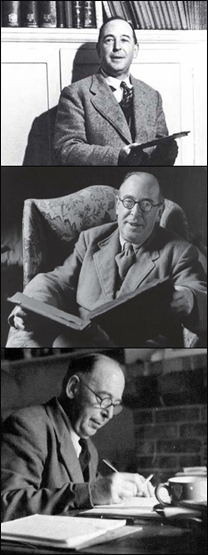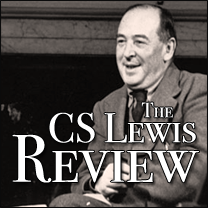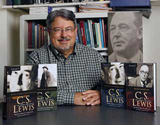
A Way into Till We Have Faces
January 27th, 2010 | Skip to comments
Tlll We Have Faces––heavily motivated by Lewis’s longtime interest in the cupid/psyche myth, but now influenced by and filtered through his courtship and marriage to Joy Davidman and mature Christian faith, and interwoven with several complementary writing projects of the roughly same period (Surprised by Joy; The Four Loves; An Experiment in Criticism)––represents a nuanced spiritual conversion story vaguely autobiographical but also comprising the singular narrative of every journey from bondage to freedom, from cavelight to sunshine, both painful and telling, demanding and piercing. It is daring, experimental, and unlike anything before or after it in Lewis’s published work.
Lewis intends its world, like Narnia’s, to stand on its own, offering no convenient Wardrobe entry point, demanding of its reader the patient, slow, respectful invasion by which he or she willingly becomes incarnate, submerged in a strange and forbidding new world where all the usual modern and familiar Lewisian signposts are absent; where one must learn page by page, monologue by soliloquy, what is happening, to whom, and what the “culture” of Glome is like, much in the fashion of Lewis’s famous, “Meditation in a Toolshed” essay (found in God in the Dock).
In this manner, the reader experiences firsthand the incremental and gestalt-like appearance of truth, wisdom, and, eventually, revelation. But only by dying to self. “Die before you die,” is the central, most important recognition in the work. Lewis forces the reader to accept this principle even to get to the work’s last pages. Thus, TWHF demands––and rewards––multiple readings. “For him who eyes to see and ears to hear,” that is the motive and the message.
The Four Loves’ treatment of “devouring love” must be seen as a crucial backdrop (not to mention the path to Sehnsucht in Surprised by Joy), noting both the fact of its composition in roughly the same period but also their commonalities of theme. This too is a characteristic of Lewis: to produce “duets,” to have a prose version of fictional text to accompany each other in time (e.g., think of Problem of Pain and Great Divorce with Screwtape; Preface to Paradise Lost and Perelandra; Abolition of Man with That Hideous Strength; Miracles and The Chronicles of Narnia).




Comments
No comments yet.
RSS feed for comments on this post.
Sorry, the comment form is closed at this time.